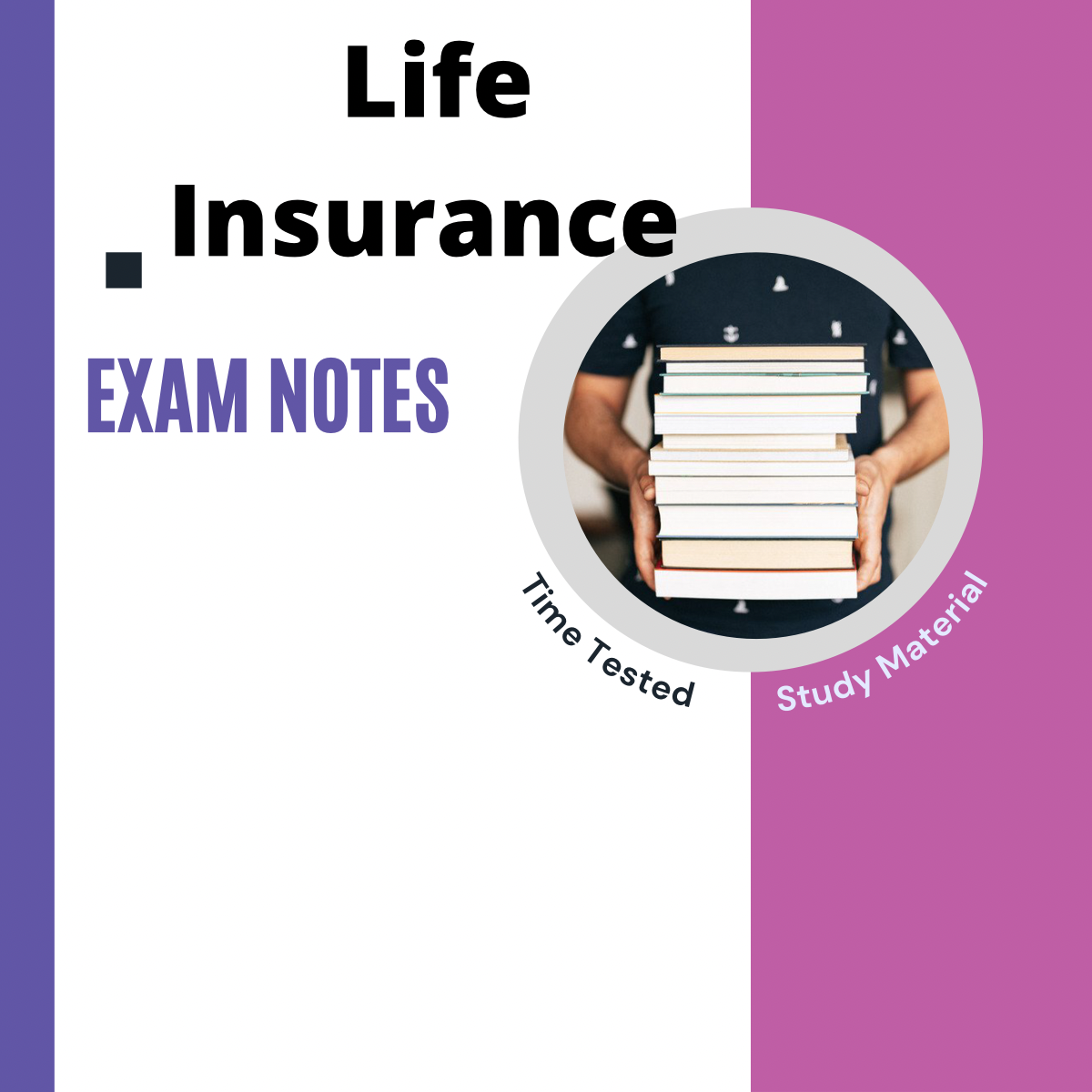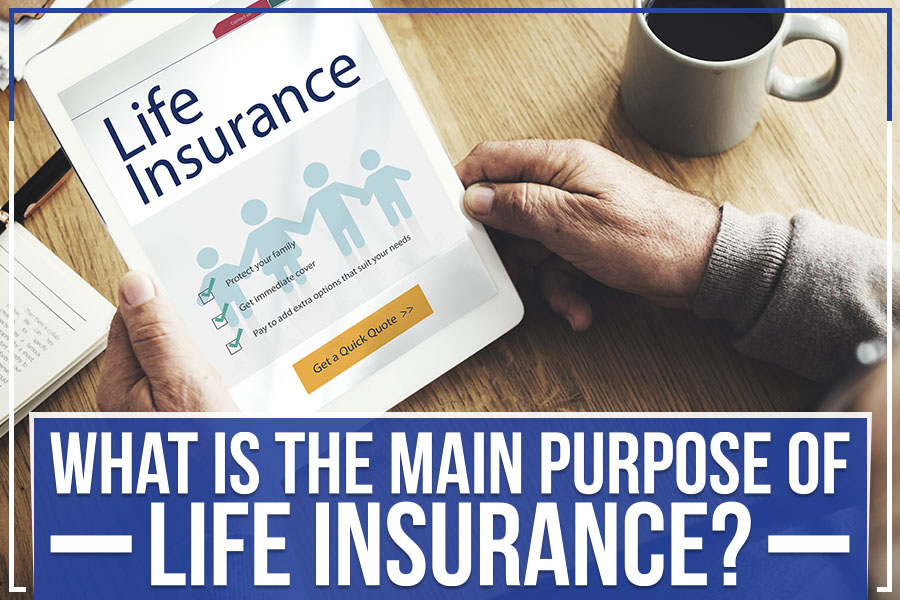The Buzz on Pacific Prime
Table of ContentsThe smart Trick of Pacific Prime That Nobody is DiscussingIndicators on Pacific Prime You Need To KnowGet This Report on Pacific PrimePacific Prime - An OverviewIndicators on Pacific Prime You Should Know

This is due to the fact that the data were collected for a period of strong economic performance. Of the approximated 42 million people that were without insurance, just about about 420,000 (concerning 1 percent) were under 65 years of age, the age at which most Americans come to be qualified for Medicare; 32 million were grownups between ages 18 and 65, about 19 percent of all grownups in this age; and 10 million were youngsters under 18 years of age, about 13.9 percent of all children (Mills, 2000).
These price quotes of the number of individuals without insurance are generated from the annual March Supplement to the Existing Populace Survey (CPS), performed by the Demographics Bureau. Unless otherwise noted, national estimates of people without health and wellness insurance policy and percentages of the populace with different type of insurance coverage are based on the CPS, the most widely used source of estimates of insurance coverage and uninsurance rates.
5 Easy Facts About Pacific Prime Described

Still, the CPS is especially helpful because it generates yearly estimates fairly rapidly, reporting the previous year's insurance policy coverage estimates each September, and due to the fact that it is the basis for a consistent collection of estimates for more than twenty years, enabling analysis of fads in protection over time. For these factors, along with the considerable use the CPS in other researches of insurance coverage that exist in this report, we depend on CPS quotes, with constraints kept in mind.

The estimate of the variety of uninsured individuals expands when a populace's insurance coverage standing is tracked for several years. Over a three-year period beginning early in 1993, 72 million individuals, 29 percent of the U.S. https://pacificpr1me.weebly.com/. population, were without coverage for at the very least one month. Within a single year (1994 ), 53 million individuals experienced a minimum of a month without insurance coverage (Bennefield, 1998a)
6 out of every ten uninsured adults are themselves employed. Although working does enhance the chance that a person and one's family members will have insurance coverage, it is not an assurance. Even members of families with 2 full time breadwinner have virtually a one-in-ten possibility of being uninsured (9.1 percent without insurance price) (Hoffman and Pohl, 2000).
Things about Pacific Prime
New immigrants make up a significant percentage of individuals without wellness insurance. One analysis has associated a considerable portion of the recent development in the size of the U.S. uninsured population to immigrants that showed up in the country between 1994 and 1998 (Camarota and Edwards, 2000). Recent immigrants (those that came to the USA within the previous four years) do have a high price of being without insurance (46 percent), but they and their children make up simply 6 percent of those without insurance nationally Clicking Here (Holahan et al., 2001).
The partnership between medical insurance and access to care is well developed, as recorded later on in this chapter. The relationship in between health and wellness insurance policy and health and wellness end results is neither straight nor easy, a considerable clinical and health services study literature links health and wellness insurance policy protection to enhanced access to care, far better top quality, and boosted individual and population wellness standing.
Degrees of evaluation for checking out the impacts of uninsurance. This conversation of medical insurance coverage concentrates mostly on the U.S. populace under age 65 because practically all Americans 65 and older have Medicare or various other public protection. Additionally, it concentrates specifically on those with no wellness insurance for any type of size of time.
The Single Strategy To Use For Pacific Prime
The issues faced by the underinsured are in some aspects similar to those dealt with by the without insurance, although they are usually less extreme. global health insurance. Uninsurance and underinsurance, nevertheless, entail distinctly various plan issues, and the techniques for addressing them might vary. Throughout this research and the 5 reports to follow, the main emphasis gets on persons without medical insurance and therefore no support in spending for health and wellness treatment past what is available through charity and safeguard institutions
Health insurance coverage is an effective factor affecting invoice of treatment since both people and doctors react to the out-of-pocket rate of solutions - https://www.storeboard.com/pacificprime. Health and wellness insurance, however, is neither essential neither adequate to get to clinical services. The independent and direct effect of wellness insurance protection on accessibility to health and wellness solutions is well established.
Others will certainly obtain the healthcare they need also without health and wellness insurance, by spending for it out of pocket or seeking it from suppliers who provide care totally free or at extremely subsidized rates. For still others, medical insurance alone does not guarantee invoice of treatment as a result of other nonfinancial barriers, such as a lack of health and wellness treatment providers in their area, limited access to transport, illiteracy, or linguistic and social differences.
Pacific Prime Fundamentals Explained
Formal research regarding without insurance populations in the USA dates to the late 1920s and very early 1930s when the Board on the Price of Healthcare produced a collection of reports regarding funding physician workplace check outs and hospitalizations. This issue became salient as the varieties of clinically indigent climbed throughout the Great Depression.